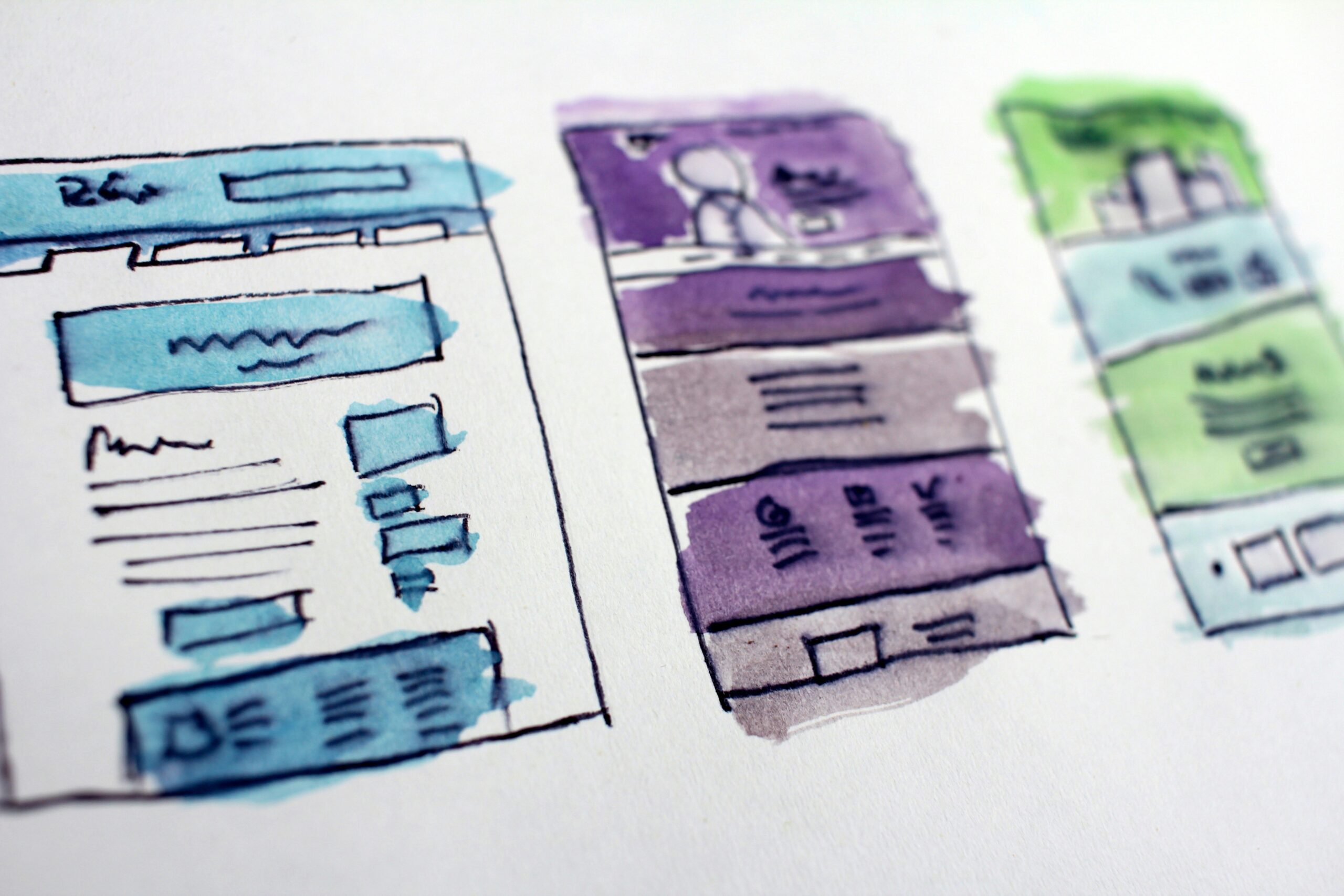In today’s digital landscape, user experience (UX) and user interface (UI) design have become critical elements in creating successful online experiences. A well-designed UI/UX can make a lasting impression on users, leading to increased engagement, customer satisfaction, and ultimately, business success. In this blog post, we will explore some effective strategies to empower your UI/UX design and create experiences that leave a lasting impact.
1. Understand Your Users:
Before diving into UI/UX design, it is essential to understand your target audience. Conduct user research, gather insights, and create user personas to gain a deeper understanding of their needs, preferences, and behaviors. This knowledge will help you tailor your design to meet their expectations and create a more personalized experience.
2. Simplify Navigation:
A cluttered and confusing navigation can frustrate users and drive them away from your website or application. Keep your navigation simple, intuitive, and easy to understand. Use clear labels, logical grouping, and hierarchical structures to guide users through your interface effortlessly. Remember, simplicity is key to a positive user experience.
3. Responsive Design:
With the increasing use of mobile devices, responsive design has become crucial. Ensure that your UI/UX design is responsive and adapts seamlessly to different screen sizes and resolutions. This will provide a consistent experience across devices and ensure that users can easily access and navigate your content, regardless of the device they are using.
4. Visual Hierarchy:
Implementing a clear visual hierarchy is essential to guide users through your interface and highlight the most important elements. Use size, color, and typography to create a visual distinction between different elements, making it easier for users to scan and understand the content. This will improve the overall usability and readability of your design.
5. Consistent Branding:
Maintaining consistent branding throughout your UI/UX design helps to establish trust and familiarity with your users. Use consistent colors, typography, and visual elements that align with your brand identity. This will create a cohesive and memorable experience that strengthens your brand image and fosters brand loyalty.
6. Microinteractions:
Microinteractions are small, subtle animations or feedback that provide users with a sense of control and engagement. They can be as simple as a button changing color when clicked or a loading spinner during a process. These microinteractions add a delightful touch to your UI/UX design and make the overall experience more engaging and interactive.
7. Accessibility:
Designing for accessibility is not only an ethical responsibility but also a legal requirement in many countries. Ensure that your UI/UX design is accessible to users with disabilities by following WCAG (Web Content Accessibility Guidelines) standards. This includes providing alternative text for images, using proper color contrast, and ensuring keyboard navigation compatibility.
8. User Testing and Iteration:
No UI/UX design is perfect from the start. Conduct user testing to gather feedback and insights on how users interact with your design. Use this feedback to refine and iterate your design, making improvements based on real user experiences. Continuously testing and iterating will help you create a UI/UX that truly meets the needs and expectations of your users.
9. Performance Optimization:
A slow-loading website or application can be a major turn-off for users. Optimize your UI/UX design for performance by optimizing images, minifying code, and reducing unnecessary animations. A fast and responsive design will not only enhance the user experience but also positively impact your search engine rankings.
10. Continuous Learning:
UI/UX design is a constantly evolving field. Stay updated with the latest trends, technologies, and best practices. Attend conferences, read industry blogs, and participate in design communities to expand your knowledge and skills. Continuous learning will help you stay ahead of the curve and create UI/UX experiences that are modern, innovative, and impactful.
In conclusion, empowering experiences through effective UI/UX strategies is crucial in today’s digital landscape. By understanding your users, simplifying navigation, implementing responsive design, creating a clear visual hierarchy, maintaining consistent branding, incorporating microinteractions, ensuring accessibility, conducting user testing, optimizing performance, and continuously learning, you can create UI/UX designs that leave a lasting impression on your users and drive business success.
Remember, a well-designed UI/UX is not just visually appealing but also functional, intuitive, and user-centric. Invest in your UI/UX design, and you will reap the rewards of increased engagement, customer satisfaction, and long-term success.
Content Length: 675 words.











Leave a Reply